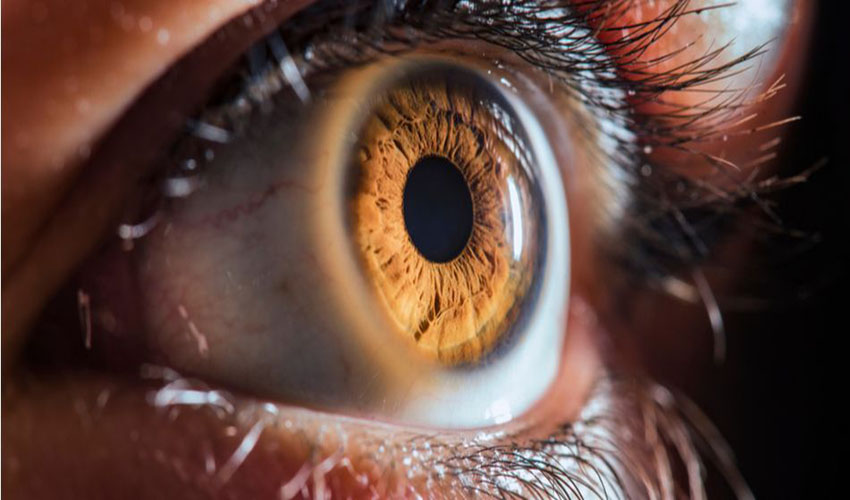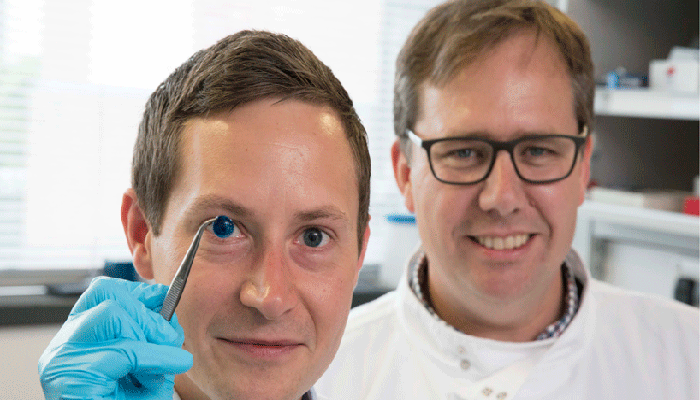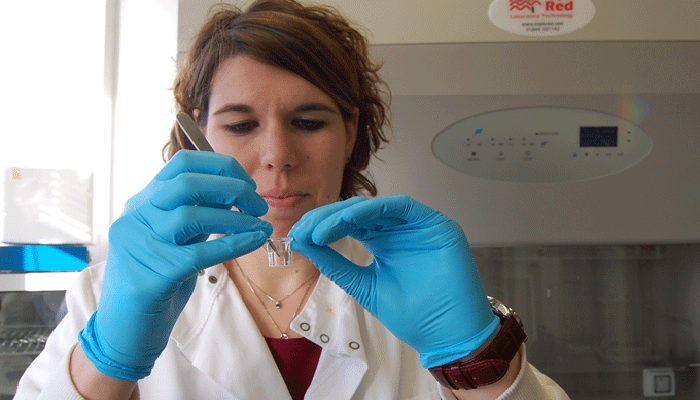3D printed corneas to prevent corneal blindness

The World Health Organisation estimates that 10 million people worldwide require surgery to prevent corneal blindness. A further 4.9 million already suffer from complete blindness due to corneal scarring. The cornea is the transparent first layer of the eyes that light goes through and is essential to vision. With not nearly enough donors supplying transplantable corneas, a revolution in this field of medicine is greatly needed. The solution is pointing to 3D bio-printing.
3D Printed Corneas
Earlier this year, researchers from the University of Newcastle developed a 3D printed artificial cornea for the first time. After studying a volunteer’s eye, they had gathered enough data and could design a 3D model of the cornea. One of the most challenging aspects, Che Connon (tissue engineer) explains was using the right materials to hold the concave shape as well as finding an ink thin enough to squirt through a 3D printer’s nozzle. Using only one healthy human cornea they were able to 3D print 50 artificial ones; a breakthrough advancement in ophthalmology.

The two creators of the artificial cornea | Source: Newcastle University
4D Biomaterials to Offer New Possibilities
Now, coming from the same University, Martina Miotto, a post-doctoral researcher in tissue engineering has created a self-assembling cornea from 4D biomaterials. 4D biomaterials change shape or even function when exposed to specific external stimuli.
Miotto’s team used corneal cell collagen gel (CCCGs), which has a contracting property. Over five days, the CCCGs curved into cornea shapes. Miotto explains the emergent 4D behaviour: “Each cell’s force is tiny but together they can shape a one-inch-wide block of tissue into a cornea-like structure.”

Martina Miotto | Credits: Newcastle University
A great range of applications
She also describes how 4D biomaterials could enhance current 3D bio-printing efforts. She states, “It’s possible to take this technology one step further with the invention of 4D printing, the printing of structures that can self-assemble by folding after the manufacturing process is done, just like our corneas. Printing biological structures that can arrange themselves into an even more complex shape would mean you wouldn’t need to produce scaffolds to print the cells on, or remove them afterwards. The accuracy of the printing process would be extremely useful in precisely positioning the peptide-based molecules that make the cells contract within the bio-material.”
“The process could be used to create shape-changing stents to keep clogged blood vessels open. A closed stent could easily be injected into the bloodstream and then made to open up by the contracting force of cells at a site of injury, avoiding the need for surgery.”
What do you think of these developments in 3D printed corneas? Let us know in a comment below or on our Facebook and Twitter page! Don’t forget to sign up for our free weekly Newsletter, with all the latest news in 3D printing delivered straight to your inbox!







Hello,
It is interestin technology, have they been used for corneal replacement?
If you use quantum computer, will you be able to get more accurate results?
Great report.
Would be nice to have the link for an email of the person on which the report talk about , so we might communicate with him. OR reference to a published article sitation.
Keep on the good news…!
Thank you,